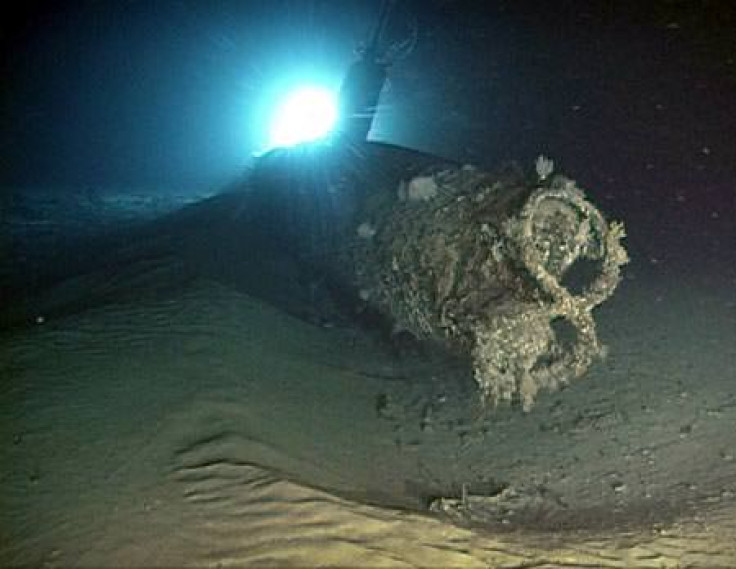Japanese submarines used against Pearl Harbor to reveal their secrets after 75 years
US scientists will live-stream dive intended to document the wreckage of mini-submarine.
Seventy-five years ago, in the early morning of 7 December 1941, Japanese forces attacked the American naval base of Pearl Harbor, leading the US to enter World War Two.
On that fateful day, the first shots by US forces were against a partially submerged Japanese submarine that had tried to enter the harbour, over an hour before the intensive bombing by Japan's air forces began. American soldiers sank the mini sub with destroyer USS Ward, but didn't raise the alarm.
In total, five "midget" submarines were sent to infiltrate Pearl Harbor before the air attack. Each one was armed with two torpedoes, which were supposed to be fired during the bombing of the base. All failed in their mission.
Three out of these five mini submarines were accounted for in the aftermath of the attack, including the one sunk by USS Ward off the harbour entrance, in deep water.
The second one had succeeded in entering the harbour but was sunk there by USS Monaghan, and the third was washed ashore on the morning of 8 December 1941. Its surviving commanding officer, Kazuo Sakamaki, in fact became America's first prisoner of war.

On the day of Pearl Harbor's 75<sup>th anniversary, marine archaeologists from the US National Oceanic and Atmospheric Administration (NOAA) will explore the submarine sunk by USS Ward, which was discovered during a routine dive in 2002. They will use a remotely operated vehicle from NOAA Ship Okeanos Explorer, to revisit the historic wreck site and document its condition.
The dive will be live-streamed and can be watched online below or on NOAA's website from 16:30 UK time on 7 December.
The scientists also plan to look at a second sub used by the Japanese – one of the two that mysteriously disappeared during the attack.
It is not clear what happened to it during the bombings of Pearl Harbor, but it was discovered by the US Navy in shallow waters outside the harbor entrance in 1951, quietly raised and re sunk in deeper water. In 1992, it was rediscovered again and has since then been periodically explored by scientists.
Telling present generations about the past
The submarine sunk by USS Ward lies exactly where it fell on the battlefield 75 years ago. Discovering it in 2002 resolved questions about the sinking, and closed the debate about whether USS Ward's crew had really encountered it and sunk it.
But the dive is not intended just for scientific investigation. "75 years to the minute, the public worldwide will be able to watch as we gain new high resolution images of the submarine, document its ongoing condition and deterioration in the depths", James Delgado, Director of Maritime Heritage at NOAA, told IBTimes UK.
"By offering this "tour," we make the events more "real" to generations unborn at the time of the attack, at a time when the last of the Pearl Harbor generation are still with us, but not for much longer. Soon, they will be as distant in memory as the generation that fought in and remembered the American Civil War".

Diving in and documenting these sites will also help inform future strategies. There are particular concerns for the submarine sunk by USS Ward as it is starting to break apart.
"The submarines are archaeological and historical sites in the deep sea. They are war graves. If these dives show the hull is continuing to break open, we will consult among ourselves and Japan on what might be done, such as bracing the wreck to keep the interior from opening up and the possibility of exposure and loss of the remains of the crew inside", Delgado concluded.
© Copyright IBTimes 2024. All rights reserved.






